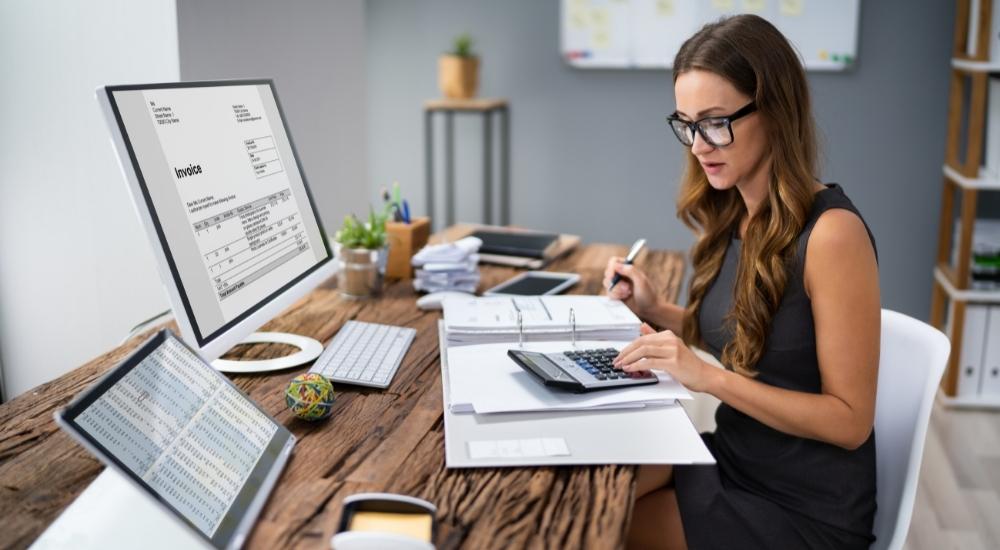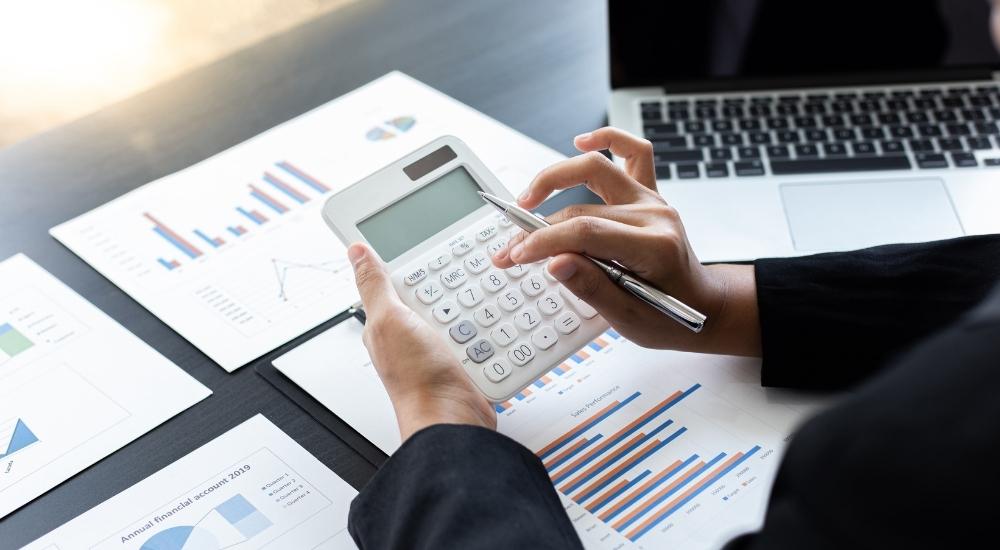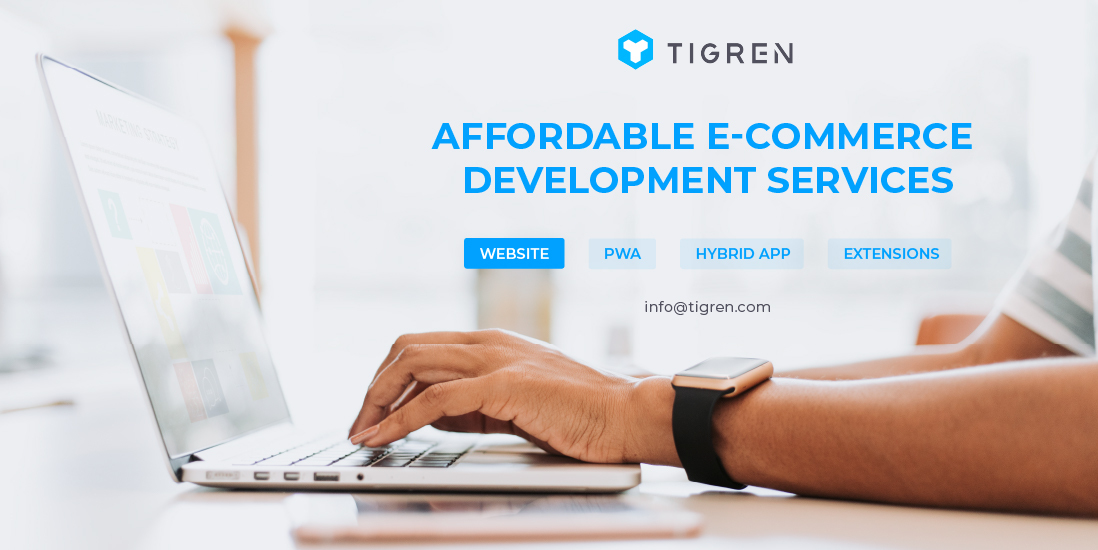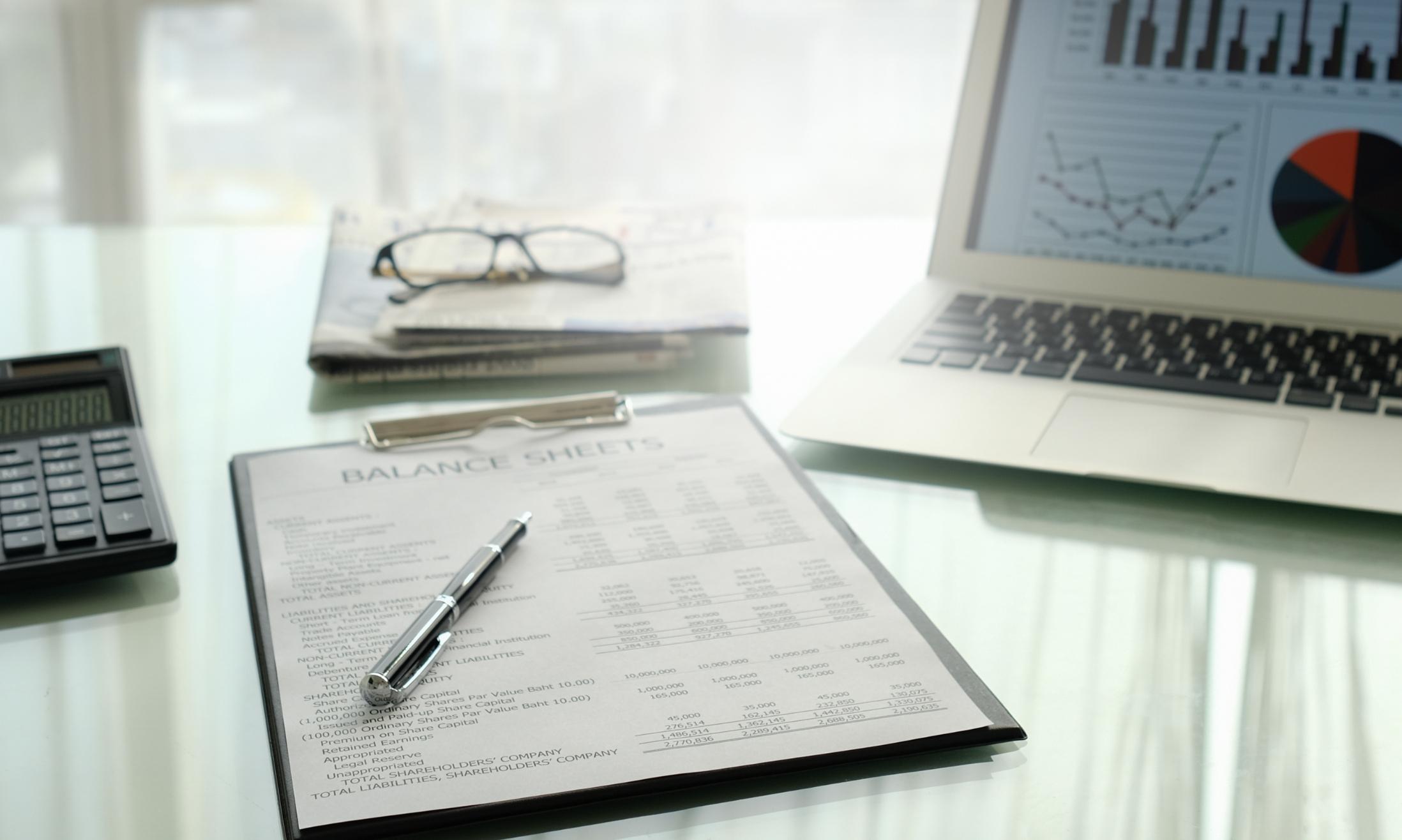It can be hard to keep up with the ever-changing eCommerce landscape. That’s why it’s essential to understand your eCommerce balance sheet clearly. By understanding your financials, you’ll be able to make informed decisions about where to focus your business efforts. In this article, we’ll teach you what to look for on your eCommerce balance sheet, and explain how to read and understand it. So read on, and learn how to power up your business with a clear understanding of your eCommerce balance sheet.
What Is An eCommerce Balance Sheet?
A balance sheet in eCommerce is a financial statement that shows the assets, liabilities, and net worth of an eCommerce company. We can use this report to measure how well the business is doing financially.
Balance sheets provide a snapshot of an organization’s financial health at any given point in time, in most cases, at the end of a certain period like a month, quarter or year. They can help businesses understand their overall financial position and make informed decisions about where resources should be allocated.
Specifically, there are several reasons why a balanced sheet is important in eCommerce businesses:
- It helps investors understand how much money the business has available to spend on growing its operations (its cash flow). This information can help them determine if the business is facing any short-term financial problems that might necessitate additional funding.
- A well-balanced sheet shows that the company has enough assets to cover its liabilities – this could be helpful when applying for loans or issuing new securities.
- A healthy balance sheet is one of the most important indicators of a company’s health. It shows that management has been able to properly allocate resources and manage liabilities in order to maintain stability and growth. This makes shareholders feel confident about the future prospects of the company, and may even lead them to increase their investments.
What Are The Main Items Of An eCommerce Balance Sheet?

Assets
Assets are the items owned by the company. They can be classified into two categories: current assets and long-term assets.
Current assets
Current assets are the assets that are currently owned and can be used by the company to generate profits. This includes everything from cash in the bank to materials that are needed for production.
One of the most important things for a company to do is to constantly monitor its current assets and make sure that they’re at a high level of readiness for production. This way, they can be quickly deployed when needed, and no resources will be wasted unnecessarily.
Long-term assets
Long-term assets are the items that a company can use to generate revenue and increase its value in the future. They include things like property, equipment, and intellectual property.
Property is an important long-term asset because it allows companies to generate income from the rental or sale of the property. This income can be used to pay back debt or fund other operations.
Equipment is also a valuable long-term asset because it allows companies to expand their operations and reach new markets. It can also increase productivity by saving on labor costs.
Intellectual property is another important long-term asset because it protects companies’ intellectual property rights. This means that they can prevent others from using their ideas without permission, which can protect their profits and reputation.
It’s important to keep track of both types of assets because their value can change at any time. For example, if a company has a lot of cash in its current asset account, but less stock in its long-term asset account, it could risk losing money if the stock market takes a downturn.
Liabilities

A liability on the balance sheet is a financial obligation that a company has to its creditors. This can include things like loans, investments, and other liabilities.
A company has two types of liabilities: current and long-term.
- Current liabilities are those that need to be paid immediately, usually in order to keep the company running. These include expenses like rent, salaries, and utilities.
- Long-term liabilities are those that need to be paid in the future, but typically have longer payment periods than current liabilities. Long-term liabilities can include things like debt payments, pension commitments, and investments.
The purpose of liabilities on the balance sheet is to reflect the amount of money that a company owes to others. It allows investors and lenders to assess how much risk they’re taking by investing in a company, and it also helps companies to track their financial progress over time.
Generally speaking, liabilities on the balance sheet should be as low as possible so that the company’s overall debt levels stay low. This makes it easier for them to borrow money in the future, and it also makes them more financially stable in the short term.
Shareholder’s Equity
Shareholder’s equity is simply your net assets, which means it represents the value of your company after all liabilities have been paid. You can find shareholder’s equity by subtracting your total liabilities from total assets.
Shareholder’s equity can be divided into two main categories: common stock and preferred stock. Common stock is the most common form of shareholder’s equity and refers to the actual shares of ownership that are issued to members of the public. Preferred stock is a type of security that gives holders additional rights and privileges over common stockholders, such as voting rights and dividend payments.
While shareholder’s equity is important for companies, it isn’t always easy for investors to understand or value. This is why it’s important for companies to regularly report on their progress and performance so that shareholders can make informed decisions about whether or not to invest in them.
How to Analyze An eCommerce Balance Sheet?

There are manifold indexes and ratios that an accountant may have to scrutinize on a balance sheet. When it comes to an eCommerce company, an entrepreneur should concentrate more on some key factors to quickly gain a comprehensive understanding of how his company is being operated.
The current ratio
The current ratio measures a company’s ability to pay its short-term liabilities with its short-term assets. A ratio of 1.5 or higher is generally considered healthy, as it suggests that the company has enough short-term assets to cover its short-term liabilities.
This statistic can be useful in determining whether or not a company is able to meet its financial obligations in the short term. If the current ratio is below 1.5, then the company may struggle to pay its debts in the near future. Conversely, if the current ratio is above 1.5, then the company may feel confident that it will be able to meet its financial obligations in the near future.
Accounts receivable turnover
Accounts receivable turnover is an important metric that measures how quickly a company is able to collect its outstanding invoices. A turnover rate of 4 or higher is generally considered healthy.
There are several reasons why a company might have a high account receivable turnover rate:
- The company has good cash flow and can easily cover the costs of collection through receivables
- The company’s customers are relatively creditworthy, and they pay their bills on time
- The company has strong controls in place to ensure that it doesn’t miss any payments
Inventory turnover

Inventory turnover is a statistic that tells you how quickly a company is able to sell its inventory. A turnover rate of 10 or higher is generally considered healthy.
There are a few things that can affect the speed at which a company sells its inventory, including the following:
- The amount and type of product that’s being sold
- The price at which it’s being sold
- The availability of the product
- The marketing strategy used to sell it
Debt-to-equity ratio
In order to determine a company’s financial health, its debt-to-equity ratio is a good measure to consider. A debt-to-equity ratio of 0.5 or lower is generally considered healthy. On the other hand, a higher ratio indicates that the company is at greater risk of going bankrupt.
A number of factors can cause a high debt-to-equity ratio, including:
- Overspending on luxuries and unnecessary projects
- Taking on too much debt to finance acquisitions or expansion
- Insufficient capital reserves to cover future obligations
- Too much borrowing from financial institutions
When it comes to determining a company’s health, it’s important to keep an eye on its debt-to-equity ratio in order to make sure that it’s not overextending itself. If the ratio starts to increase, it may be time for the company to reassess its priorities and figure out a better way to spend its resources.
Free cash flow
Free cash flow is a good indicator of a company’s financial health. It measures the amount of cash a company has available after paying for its operating expenses and capital expenditures. Positive cash flow is generally considered healthy. Some factors that can affect free cash flow include:
- The level of investment in new technology or products
- Improved efficiency in operations
- Reduced spending on unnecessary costs, such as advertising or promotional campaigns
Wrap Up
Reading the eCommerce Balance Sheet requires a little bit of effort. But once you go through it, you will be able to understand how much profit your company is making and how much debt it has.
The key thing to note here is that if your financials are in line with your business plans, then everything is good. Businesses can grow at a steady pace when they have strong finances. So, keep an eye on these financial statements as often as possible.
If you are running a small or medium business, you probably want to maintain a robust eCommerce website without allocating too much of your financial and human resources to it. This will help you save operational costs and subsequently increase the profit margin.
With more than 10 years of experience in eCommerce development and a deep understanding of SMEs’ difficulties, Tigren is here to help you do that. Our dynamic team is offering one-stop-shop eCommerce services at affordable prices with the aim of empowering all eCommerce ideas. Don’t hesitate to contact us to receive free consultancy today!


